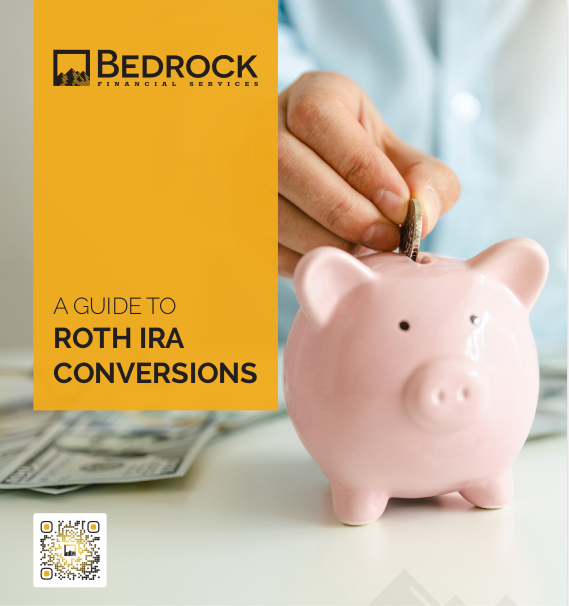Key Takeaways
-
A structured follow-up system ensures long-term client retention by transforming one-time interactions into lifelong relationships.
-
Personalized, well-timed communication across the client journey makes you irreplaceable in a world where most agents stop after the sale.
Why Most Follow-Ups Fail
Many insurance agents work hard to earn a client, only to fall silent once the deal is done. The initial onboarding might go smoothly, but then—radio silence. No policy updates. No check-ins. No birthday wishes. Clients don’t leave because they’re unhappy; they leave because they feel forgotten.
In 2025, client expectations are shaped by instant service and hyper-personalization. If you’re not reaching out with value after the sale, someone else will. And it won’t matter how good your offer was last year.
Building a Follow-Up Framework That Actually Works
To keep clients for decades, you need more than reminders—you need a system. One that keeps you top of mind without overwhelming their inbox.
Set the First 90 Days in Stone
The first three months are the highest-risk period for client drop-off. Start strong with a proactive timeline:
-
Week 1: Send a welcome email introducing yourself (again), outlining what to expect, and offering a calendar link for questions.
-
Week 3: Quick check-in call or message to confirm satisfaction and address lingering questions.
-
Week 6: Share a short educational tip or planning insight that connects to their policy.
-
Week 12: Ask for feedback. This serves two purposes: gathering insights and signaling that you care about their experience.
Quarterly Check-Ins: The 4x Rule
Clients don’t want constant contact, but they do want consistency. Plan for one value-driven touchpoint every quarter:
-
Q1: Policy review, especially after New Year updates
-
Q2: Life change questionnaire—marriage, baby, new home?
-
Q3: Educational article or video explaining common coverage gaps
-
Q4: End-of-year summary and next steps for renewal
These are not sales calls. These are loyalty builders.
The Annual Review Isn’t Optional
The yearly review is your golden ticket to client retention. It should be scheduled, customized, and delivered with purpose:
-
Review what’s changed
-
Recap what’s working
-
Recommend only what’s relevant
Set this in your calendar every 12 months from their policy start date—not the calendar year. That’s how it becomes personal.
What to Automate—and What Not to
Automation makes follow-up scalable, but overuse makes it impersonal. Here’s how to strike the balance:
Automate:
-
Appointment reminders
-
Birthday messages
-
Policy renewal alerts
-
General newsletters
Personalize:
-
Check-in calls or texts
-
Annual review invites
-
Life event congratulations (new baby, retirement, graduation)
Use automation to deliver the reminder, not the message itself. When you combine tech with a human touch, you create loyalty.
Timing Matters More Than You Think
A follow-up sent at the right moment is 10x more effective than a perfectly worded one at the wrong time. Align your communication timeline with the emotional stages your clients go through:
-
Purchase phase: Relief, confusion, curiosity
-
Post-sale phase: Uncertainty, second-guessing, silence
-
Ongoing phase: Trust, habit, loyalty
If you follow up when they feel like hearing from you, you’ll be received warmly—not like a cold call.
Make the Message Matter
Even the best-timed follow-up fails if it doesn’t deliver value. Each message should answer the question: Why should they care?
Here are message styles that work:
-
Informative: Explain what’s changing in the industry or their coverage
-
Advisory: Offer personalized tips based on age, location, or family status
-
Gratitude-based: Just say thank you—especially after referrals or renewals
Keep it short, conversational, and respectful of their time. In 2025, less is more.
The Metrics You Should Actually Track
Don’t track vanity metrics. Focus on data that reflects long-term relationships:
-
Retention rate after 1, 3, and 5 years
-
Referral rate per client
-
Engagement with your check-in content
-
Client review scores post-follow-up
These numbers tell you how connected your clients feel, not just how many policies you’ve sold.
What You Should Be Saying—and When
Timing plus message creates trust. Here’s a suggested 12-month calendar with sample prompts:
-
Month 1: “Welcome again! Let’s walk through what happens next.”
-
Month 3: “Quick check-in—has anything changed since we last spoke?”
-
Month 6: “Here’s a short update that might help your long-term planning.”
-
Month 9: “As the year wraps up, any changes in life or plans?”
-
Month 12: “Let’s schedule your annual review. This ensures you’re still in the best spot.”
Then repeat—with updates. It doesn’t need reinvention. It needs repetition with relevance.
Why Clients Stay When They Hear From You
In 2025, loyalty isn’t built on a good deal—it’s built on good timing, consistent effort, and real connection. Clients stay because:
-
They feel seen
-
They trust your consistency
-
They believe you care more than competitors
Every thoughtful message adds a drop to the relationship bucket. Eventually, that bucket becomes too full to walk away from.
Retention Isn’t a Task—It’s a Rhythm
You’re not just selling policies. You’re managing long-term relationships. That requires rhythm, not randomness. Set a cadence that feels intentional, not invasive.
When done right, your follow-up strategy becomes a soft reminder that you’re always there—before they even think to look elsewhere.
Ready to Be the Agent They Never Leave?
If you’re ready to transform how clients experience you—after the sale—then it’s time to level up your follow-up game. Bedrock Financial Services offers independent insurance professionals the support, automation, and brand positioning tools you need to become unforgettable. Sign up today to discover how our client-first approach helps professionals like you stay connected, stay visible, and stay booked.







